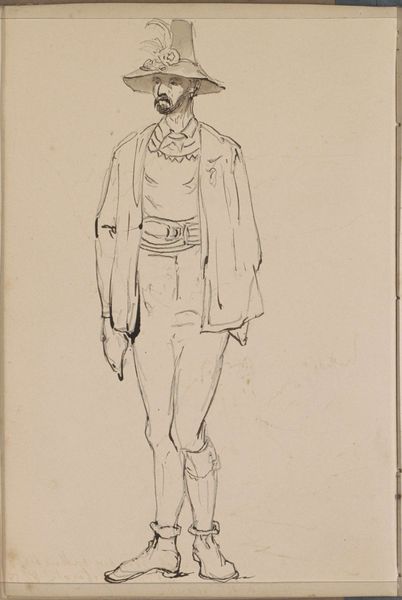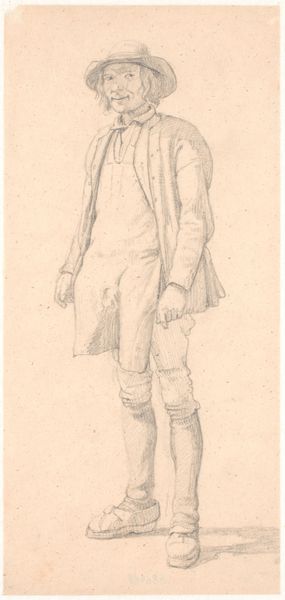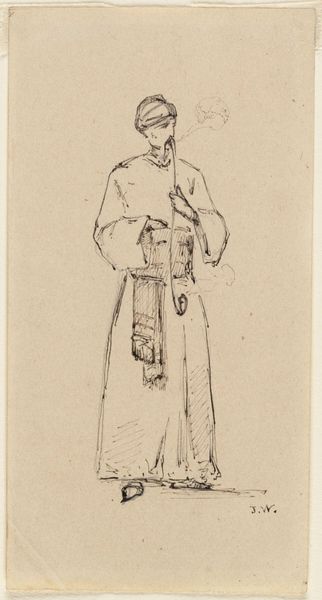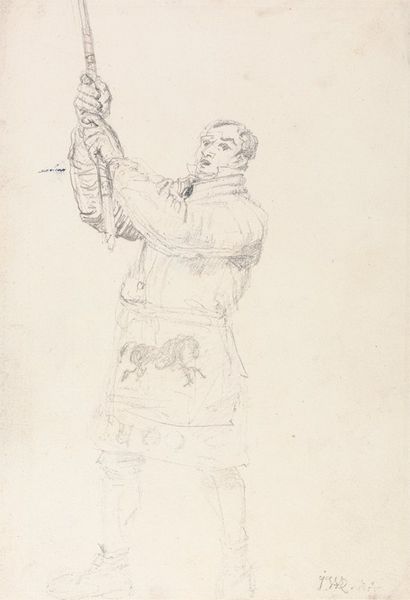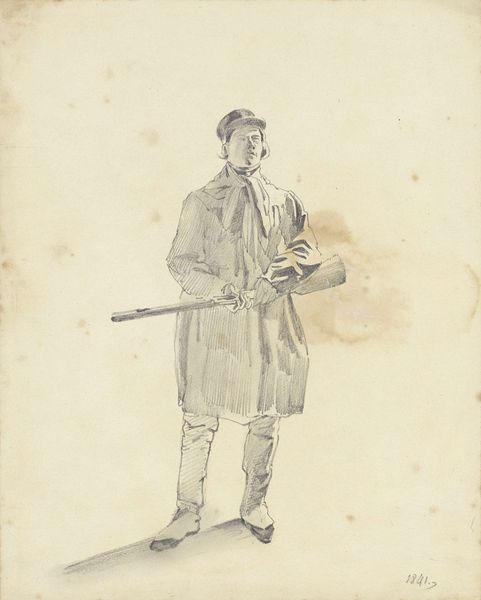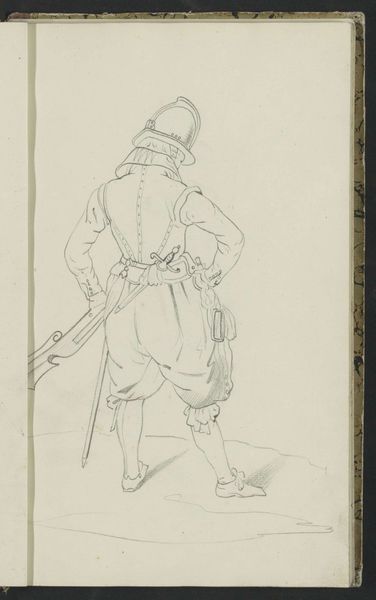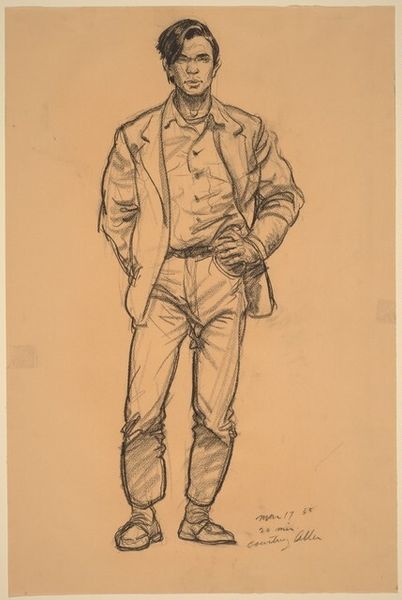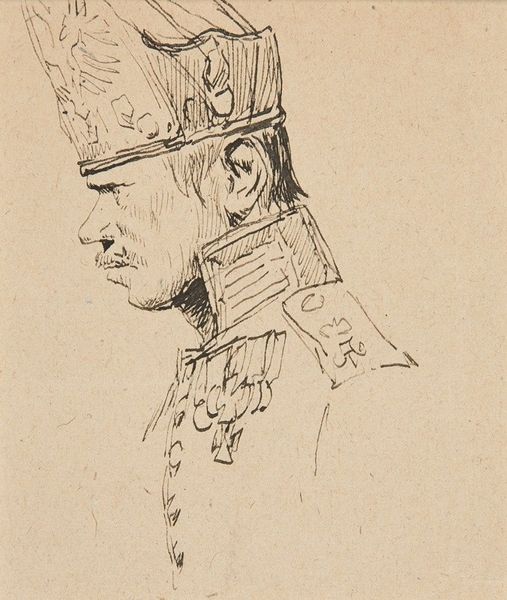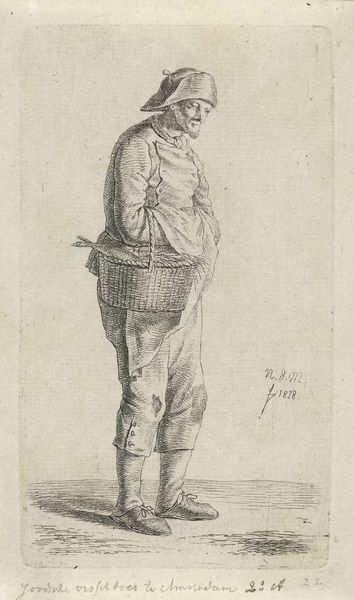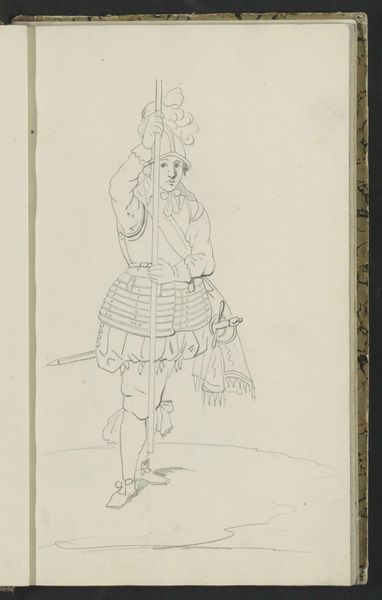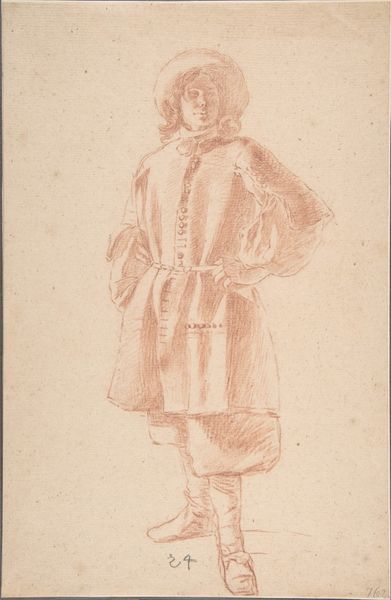
Study of General Louis Botha for ‘General Officers of World War I’ 1920 - 1922
0:00
0:00
drawing, pencil
#
portrait
#
pencil drawn
#
drawing
#
pencil sketch
#
figuration
#
pencil
#
academic-art
Copyright: Public Domain: Artvee
Curator: Here we have John Singer Sargent's pencil study of General Louis Botha, dating from around 1920 to 1922, part of a larger series titled "General Officers of World War I". Editor: There’s something so raw about this drawing. He looks contemplative, almost wary. And those lines! They capture such detail with the simplest means. Curator: Indeed, it’s a masterclass in economy. Look how Sargent suggests the weight of Botha’s uniform and posture with just a few strokes. The symbolism here is intriguing – the crossed arms, for instance, could signify resolution, but also defensiveness. Editor: Right? Arms crossed can scream stubbornness. It could imply a negotiation stance, a reluctance, which, considering Botha's history, adds a fascinating layer. Curator: Absolutely! Botha, a key figure in the Boer War and later Prime Minister of the Union of South Africa, carried a lot of complex history within him. Sargent, though an American, manages to hint at that weight. That is amazing to observe here! Editor: And it is also the very personal angle you're taking! This is the emotional tension in an object becoming visible; almost making its presence palpable. I would never associate it with a regular photo, for instance. The lack of sharp detail encourages you to seek out details that can make him more familiar, too! Curator: That’s wonderfully put! It makes us confront our own interpretations and projections, perhaps. In that sense, it's not just about Botha, but about our relationship with power and authority figures in general. Sargent uses portraiture, maybe unknowingly so, to put us in some uncomfortable introspective places. Editor: I hadn't thought about that. But the symbols are undeniably strong. This feels less like a historical record and more like an exercise in universal human complexities rendered with graphite, doesn’t it? Curator: Exactly! It’s in its incompleteness, I suppose, that it provokes a more complete understanding. A wonderful example of how art communicates on a deep level.
Comments
No comments
Be the first to comment and join the conversation on the ultimate creative platform.
